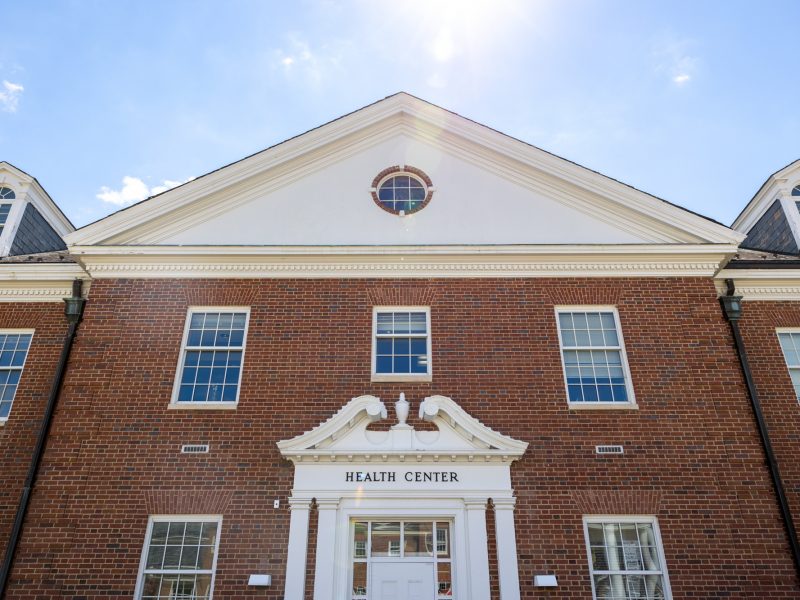Views expressed in opinion columns are the author’s own.
Environmentalists and the general public love to argue about whether individual actions, such as skipping plastic straws or going vegan, will make a difference in the global fight against climate change or if the only way to create real change is through collective political action like voting and protesting.
In a culture that prioritizes individualism over collectivism, it’s hard not to feel like the problem is too big to face alone. And it’s true — unless you’re the CEO of one of the 100 companies most responsible for the emissions destroying the earth, you’re not causing this crisis all by yourself, and you can’t fix it all by yourself. After all, you driving a hybrid car won’t cap the world at 1.5 degrees of warming — the level most scientists believe will cross the Earth over into crisis levels of warmth.
That being said, creating a false dichotomy between systemic change and individual choice is reductive and only serves to divide the movement. Sure, if we’re talking about emissions alone, making lifestyle changes does relatively little to solve the climate crisis. But these changes can also influence social norms, create a space that challenges others to reflect on their own behaviors and, if you’re not careful, turn into collectivism! The debate of system change versus individual choice starts to dissipate upon the realization that these two concepts are inextricably linked and cannot be divorced from the movement for climate, racial and economic justice.
The direct and forceful confrontation of climate change requires both individual and larger collective action. While inward-facing actions may help to create a society that’s more interested in environmentalism, we are not acting fast enough, as dozens of species are going extinct every day, and those with the power to do something drastic remain apathetic. Facing down a mass extinction event takes mobilization on a massive scale, and the only way we can cross lines and shake the politicians, corporate climate deniers and industry polluters responsible is by working together. Political engagement, such as voting or calling your representative, is widely seen as the main form of collective action, but this obscures the fact that there are other forms of power we can use.
Many people are disenfranchised from the political process, including leaders of the youth climate movement such as 16-year-old Greta Thunberg and 17-year-old Jamie Margolin. They’re not yet old enough to vote but also don’t deserve to feel powerless in the face of a threat that affects their generation the most.
Youth activism has been an important part of historical social movements: In the 1950s and ‘60s, student groups such as the Student Nonviolent Coordinating Committee and the Congress of Racial Equality led nonviolent protests vital to the civil rights movement. It’s no coincidence that students across the world have been holding strikes to raise awareness for environmental issues, raising their voices and taking back their power. Their strikes have been consistent and uncompromising, and like great labor and civil rights strikes of the past, these young people have clear demands and a sense of urgency in confronting systemic problems.
In many communities, these weekly strikes have picked up momentum and even caused real change, as in the case of young protestors in Iowa who pressured their school board to pass a climate resolution in July. This Friday, striking for the climate will take on new proportions, as millions of students are expected to walk out of classes worldwide and student activists will call on all generations, as well as labor groups and unions, to join them. Environmentalists hope to send a message: This action will not be the last of its kind. Once communities are mobilized, we need to lay the groundwork for future action by creating and maintaining networks for future actions.
Striking for the climate is powerful because of the impact it can have on the status quo, just as movements in history have used strikes and sit-ins to call attention to injustice — to scream, “The house is on fire!” as Greta Thunberg would say. But it’s also a way to build a community of people who can support one another and collectively share anxiety and grief over the climate crisis, as well as the burden and joy of solving it. One example of building a lasting collective system is working with other students at the University of Maryland to create a cooperative of sustainability-oriented groups that can both work on large scale projects and events but can also be used for sharing vegan recipes. Rather than falling for the rhetoric about cheeseburgers and lightbulbs, join the movement of young people striking worldwide this Friday and continue to contribute to the change we need to secure our future.
Sonja Neve is a senior environmental science and policy major. She can be reached at sonjaneve55@gmail.com.



